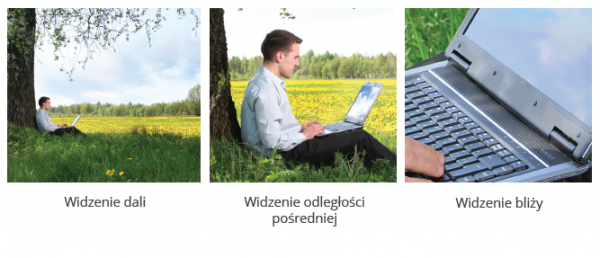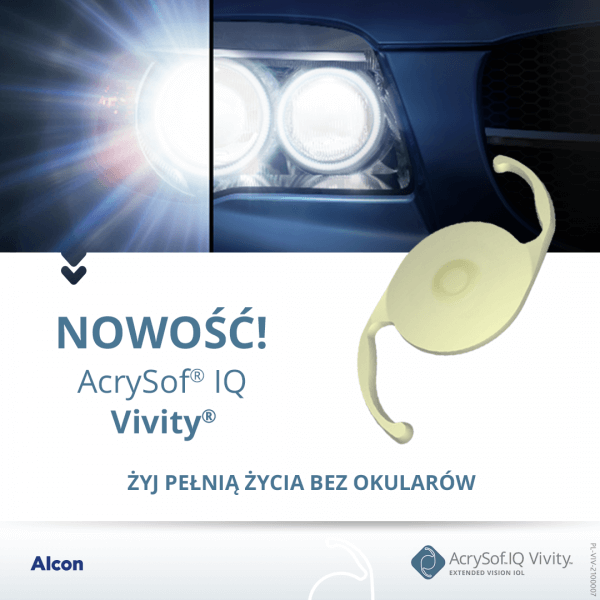Multifocal lenses
Multifocal lenses make it possible for you to stop using glasses after the procedure. Multifocal lenses allow you to see sharply from close, far and intermediate distances (computer screen):
• Panoptix

The Panoptix lens provides perfect near and far vision. It is dedicated for individuals without astigmatism, but with diagnosed presbyopia (age-related loss of ability to see object sharply from close distances).
The Panoptix Toric lens guarantees excellent distance and near vision. It is recommended for individuals with presbyopia and astigmatism.
Our doctors will select a suitable type of lens for you based on your medical history and general health.
Vivity is the latest intraocular lens by Alcon. It is the first non-diffractive extended depth of focus intraocular lens with a minimal risk of undesired optical effects. A Vivity lens will eliminate your refractive error and you will see well in the majority of daily situations.
The Vivity Toric lens ensures good vision in the majority of daily situations and eliminates astigmatism. This lens provides a very good refractive effect with a minimal risk of undesired optical effects.


